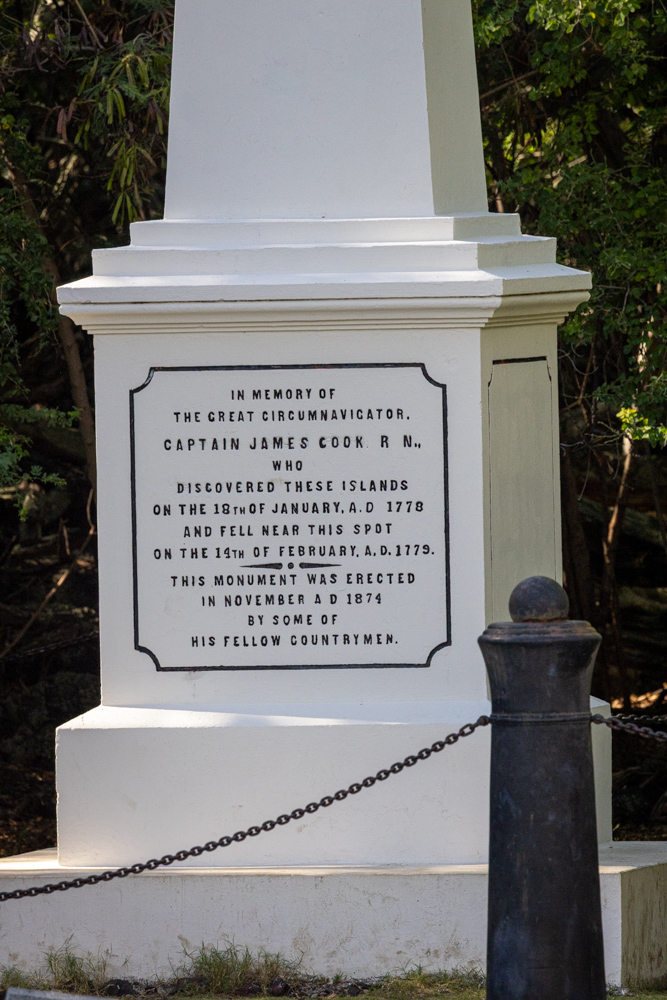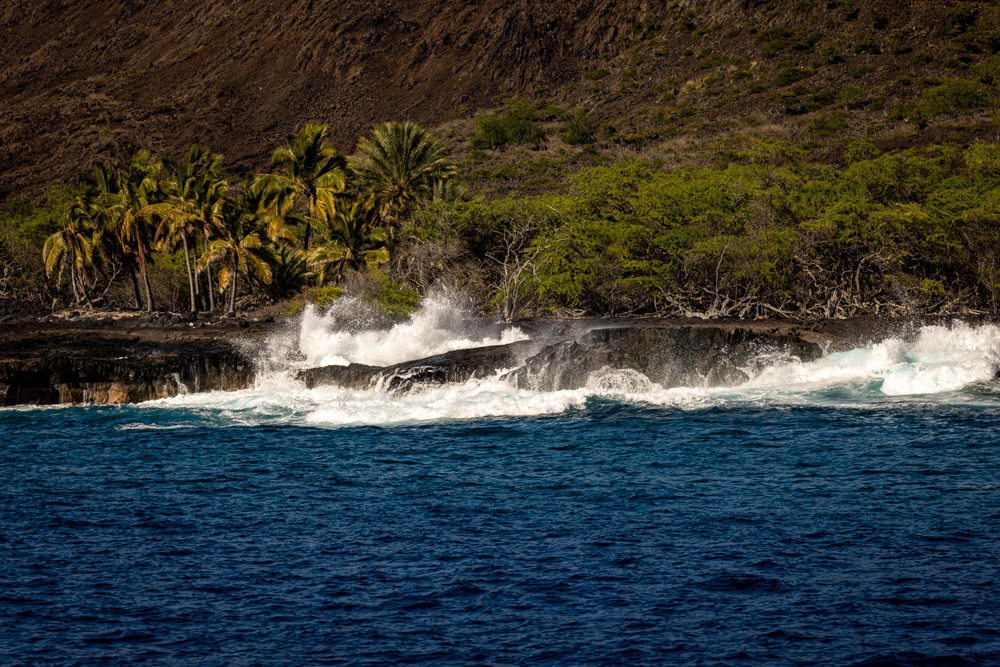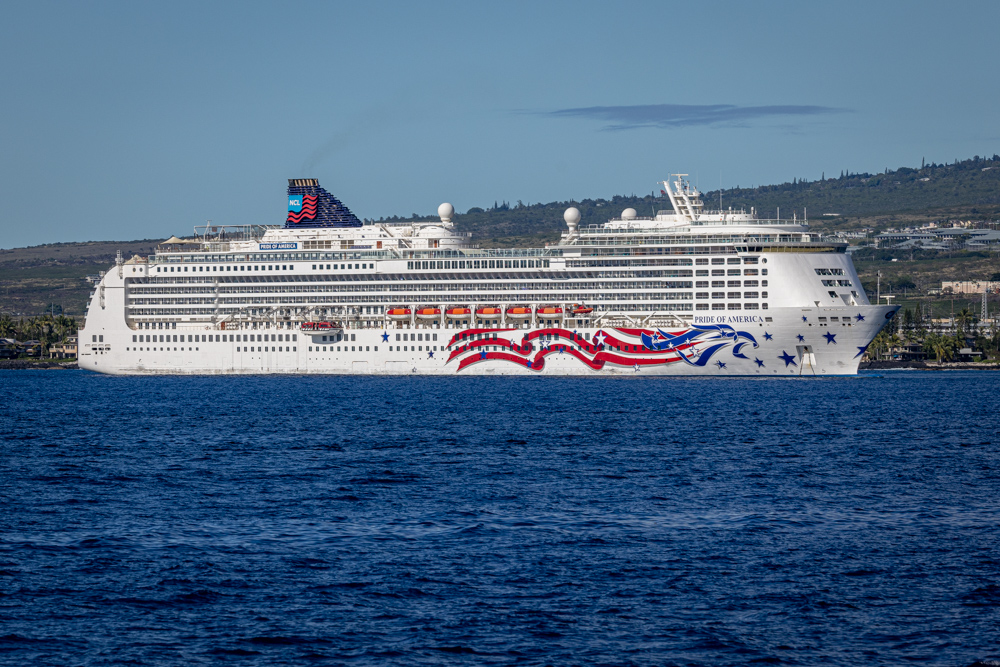Wednesday, 4 January 2023
Overnight the ship sailed around Hawaii from the east side to the west side to anchor off of Kona. Today we were on an excursion on land and then sea to visit the coast of Hawaii from Kona south.
As we were driving, we stopped for a picture of Kealakekua Bay where Capitan Cook landed when he first visited the Hawaiian Islands.
Overnight the ship sailed around Hawaii from the east side to the west side to anchor off of Kona. Today we were on an excursion on land and then sea to visit the coast of Hawaii from Kona south.
As we were driving, we stopped for a picture of Kealakekua Bay where Capitan Cook landed when he first visited the Hawaiian Islands.
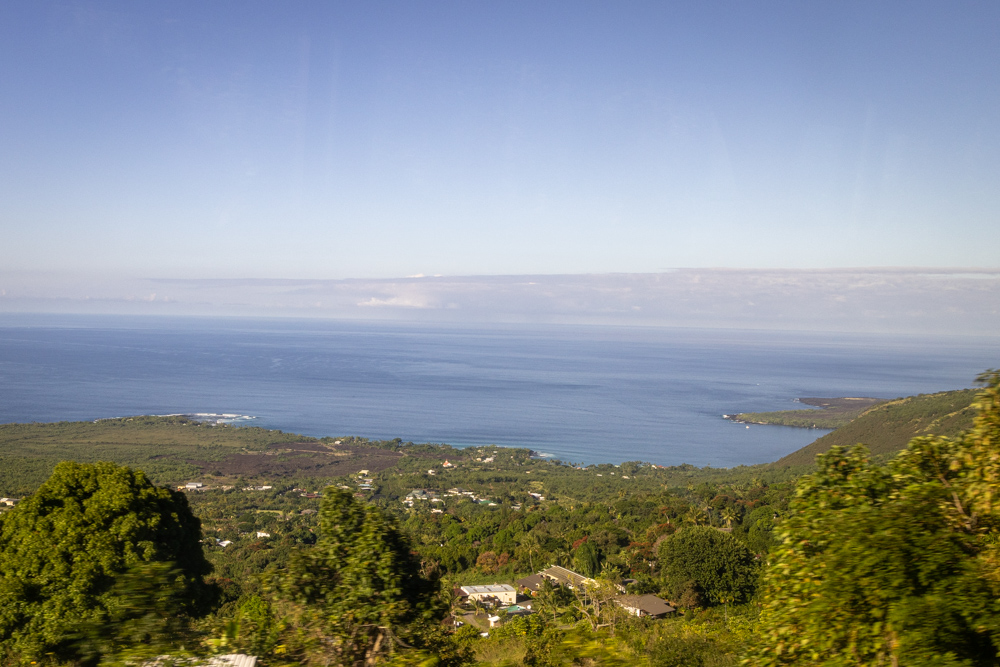
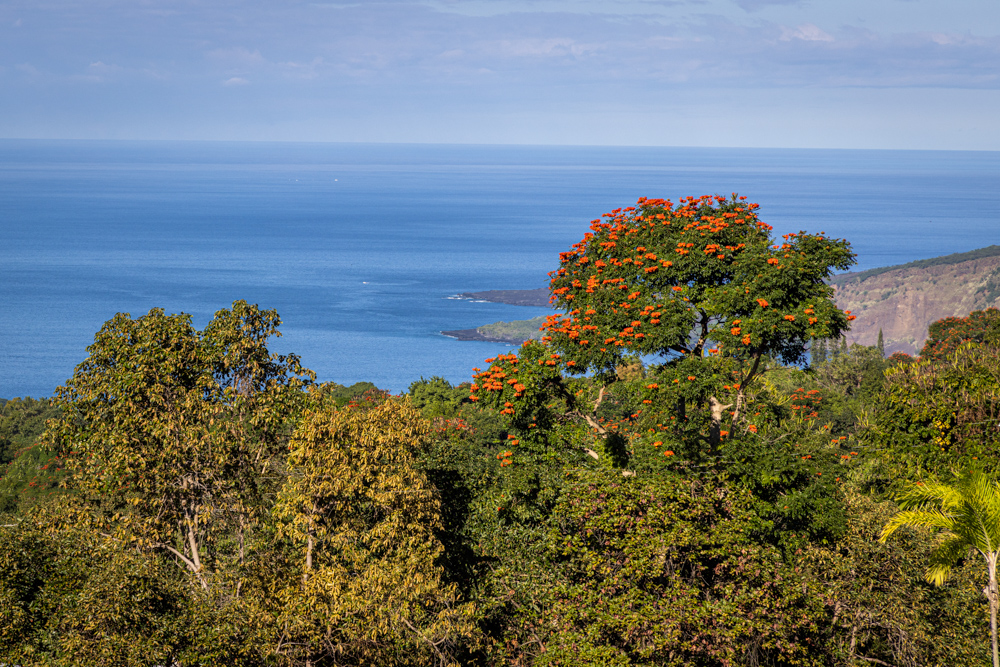
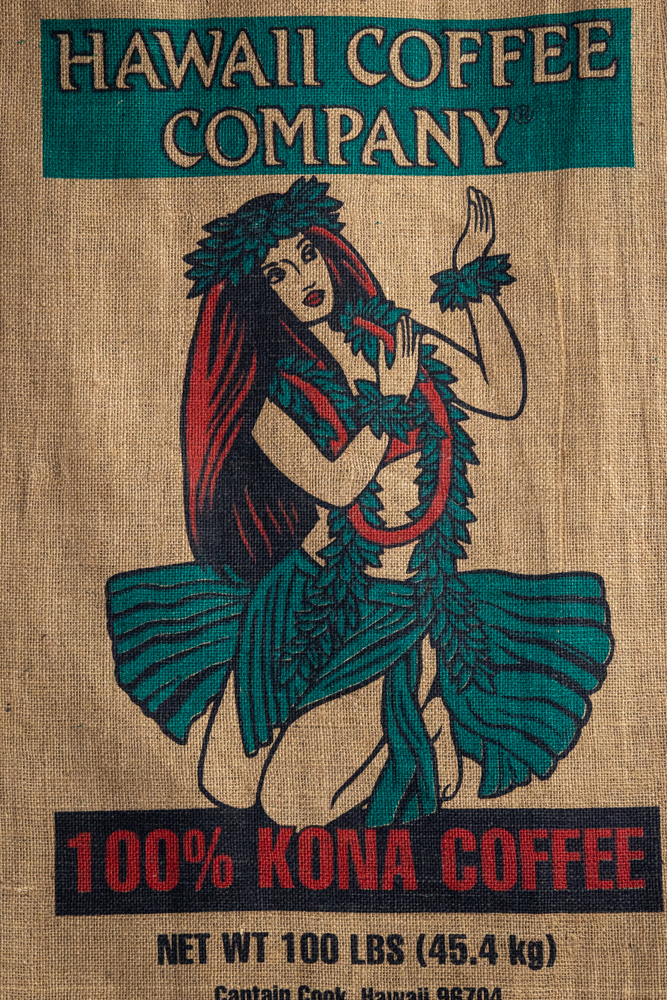
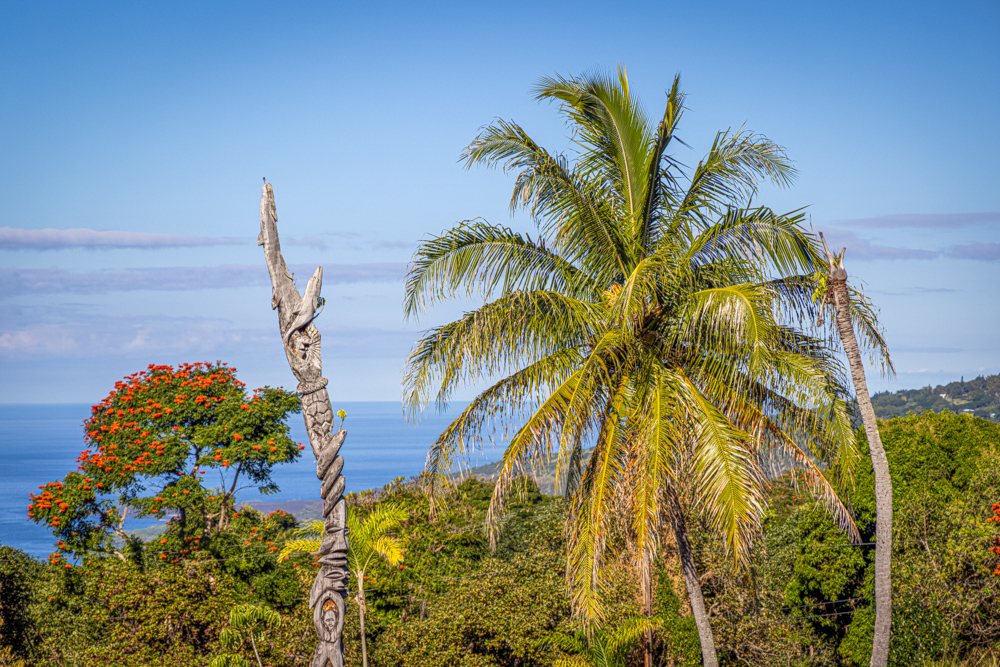
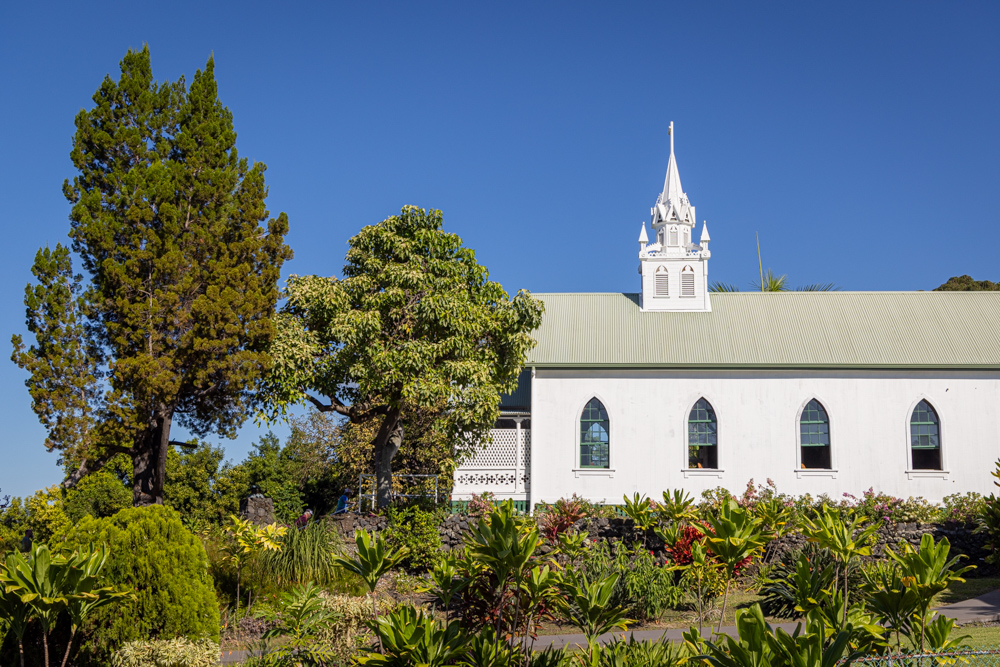
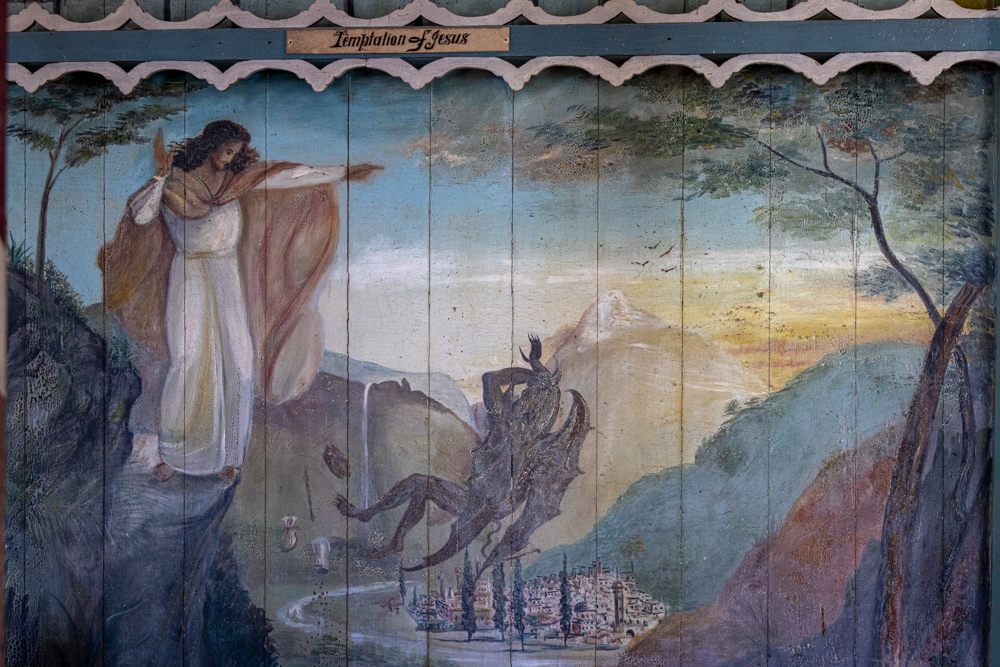
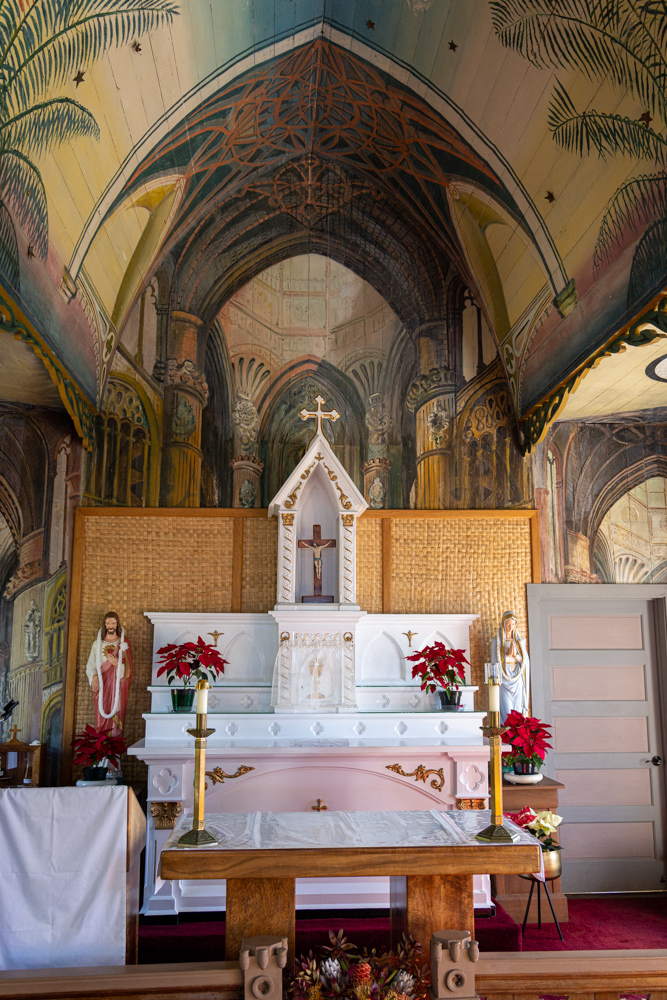
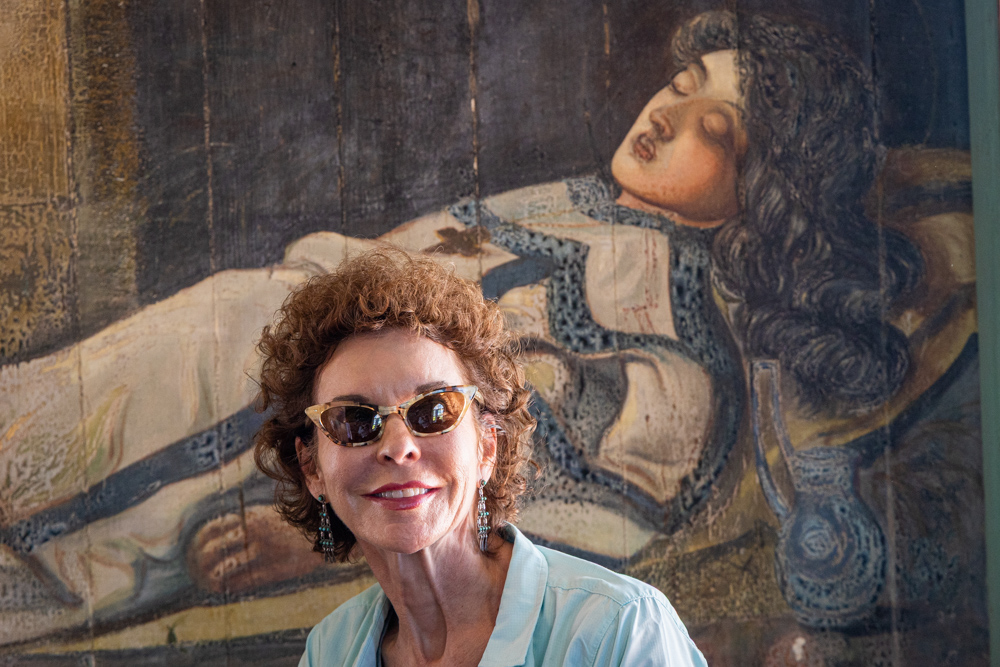
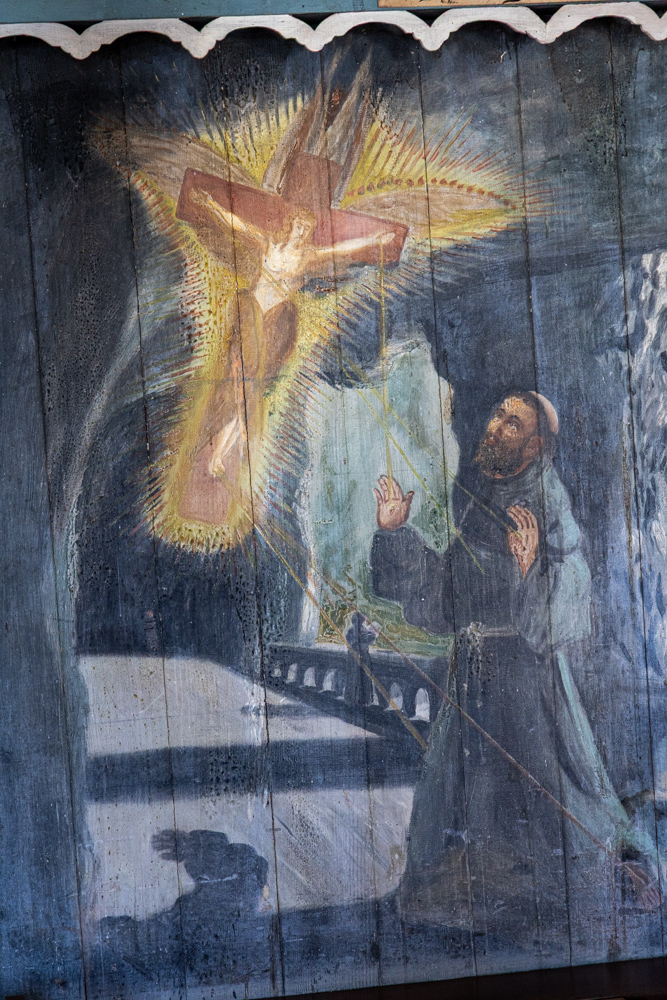
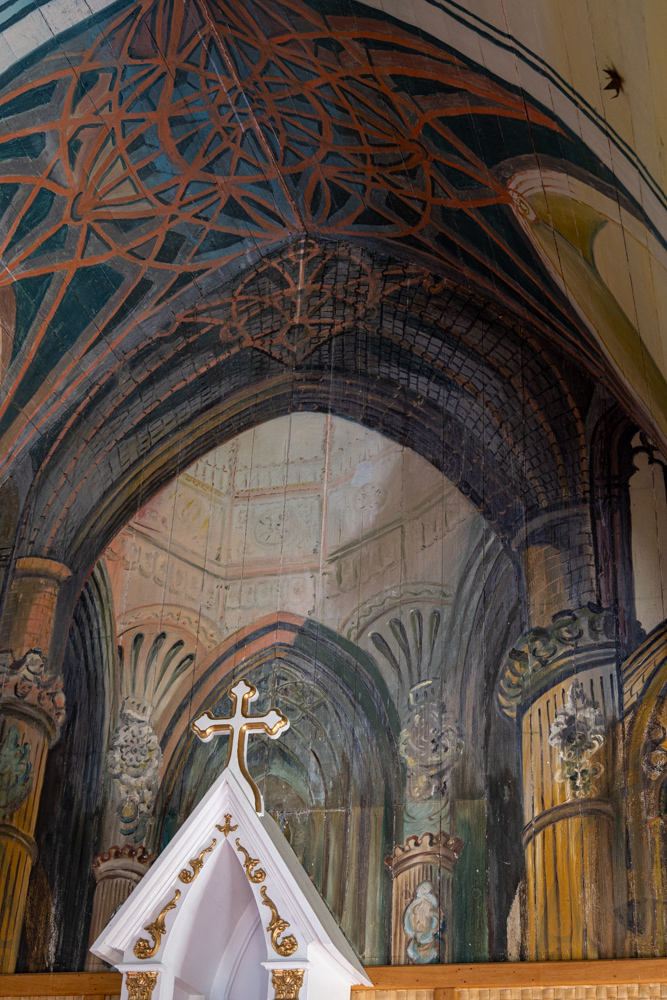
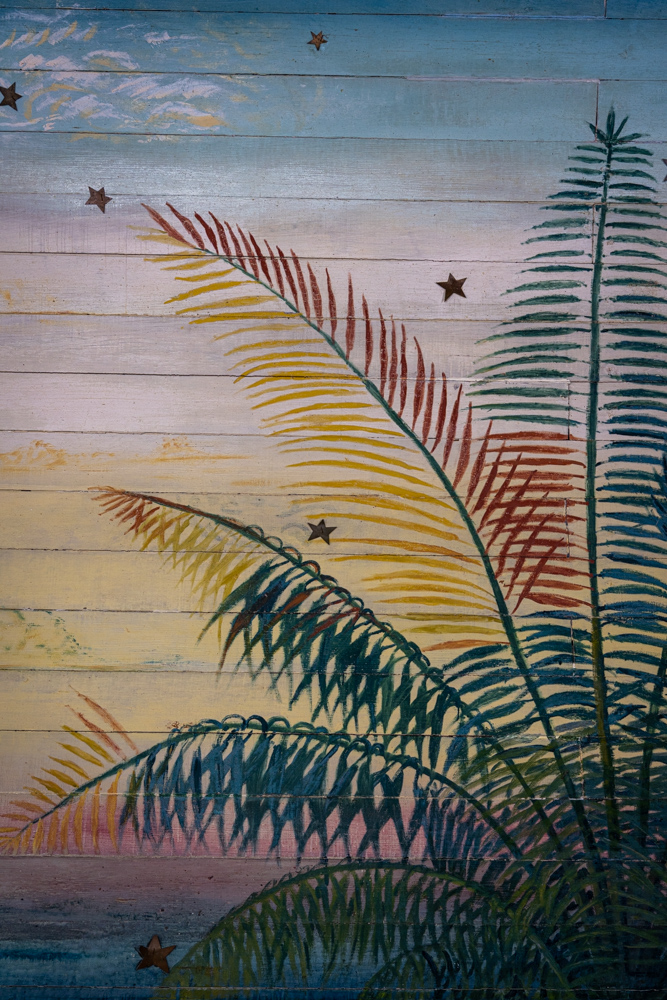
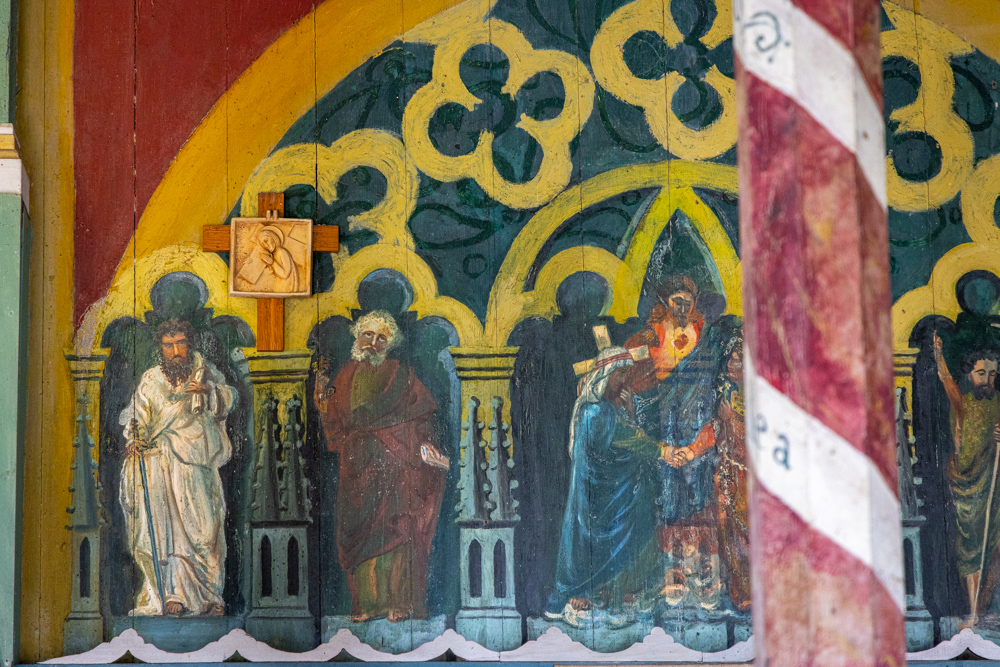
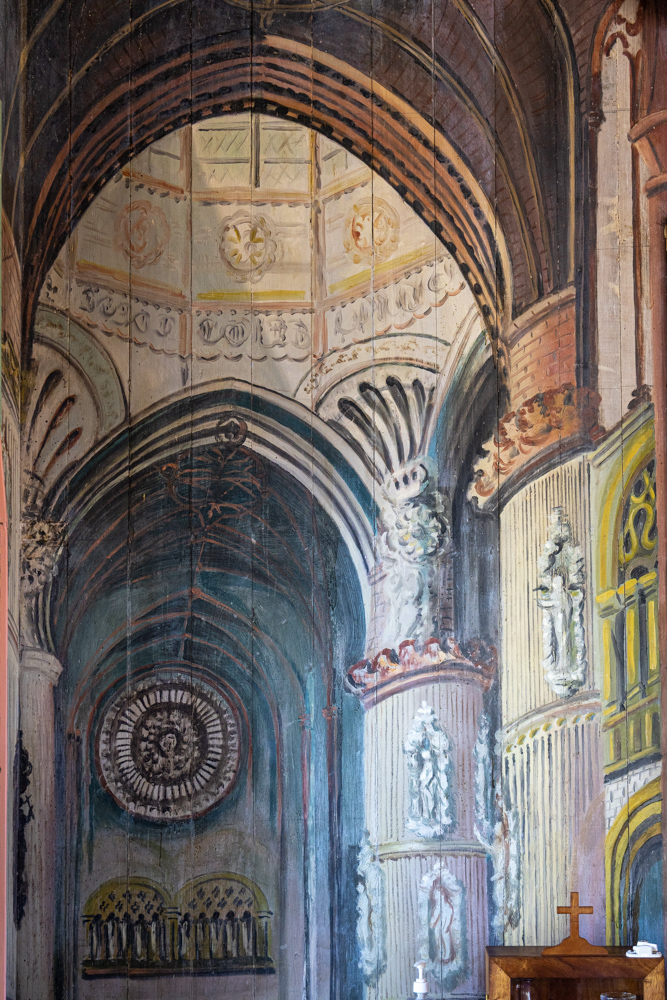
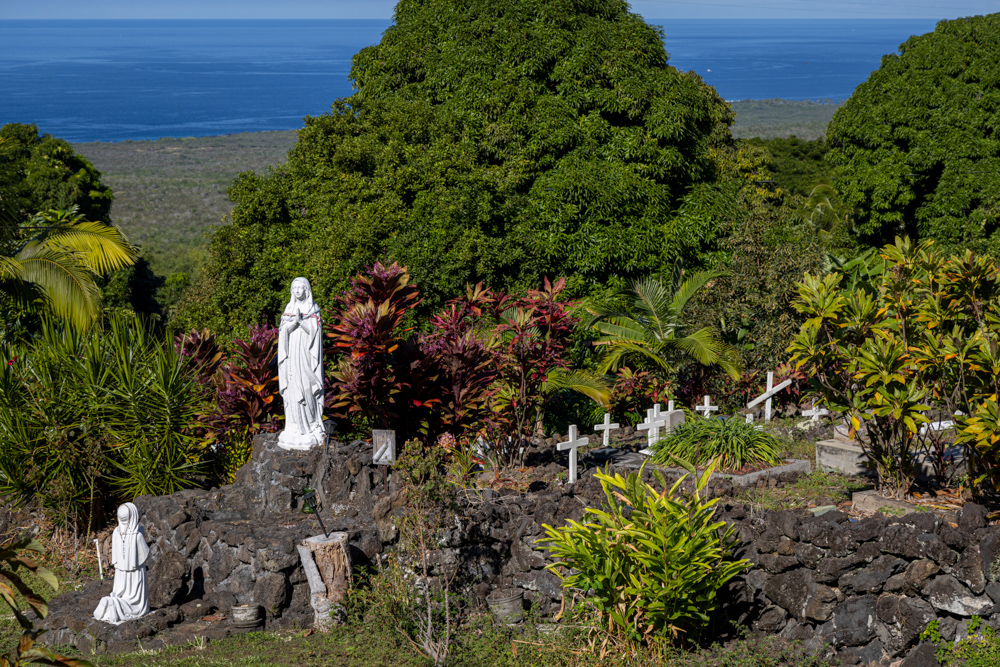
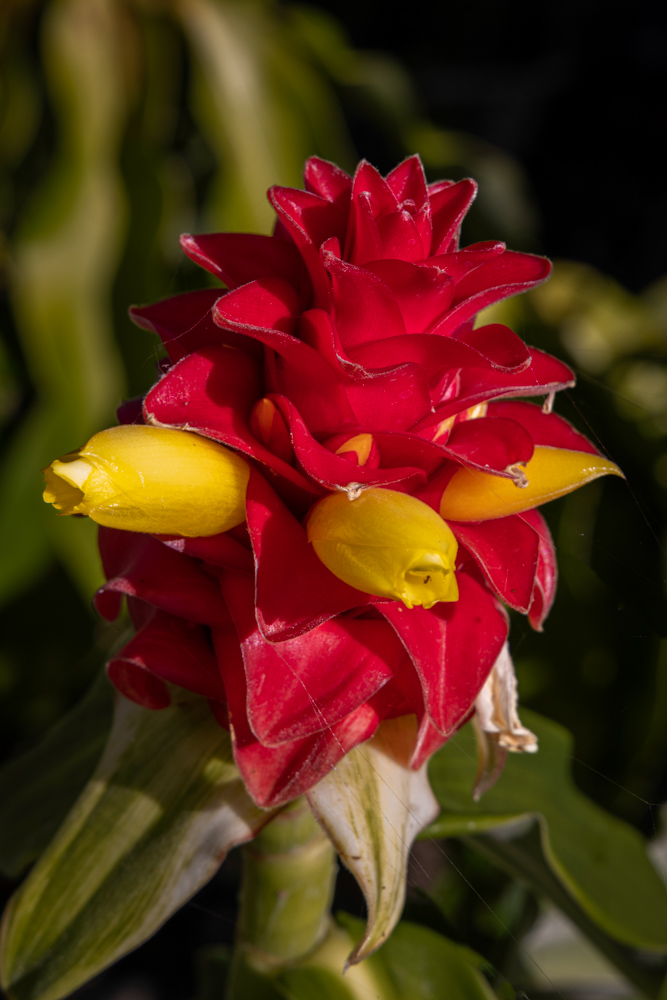
This is Red Tower Ginger brought from South America.
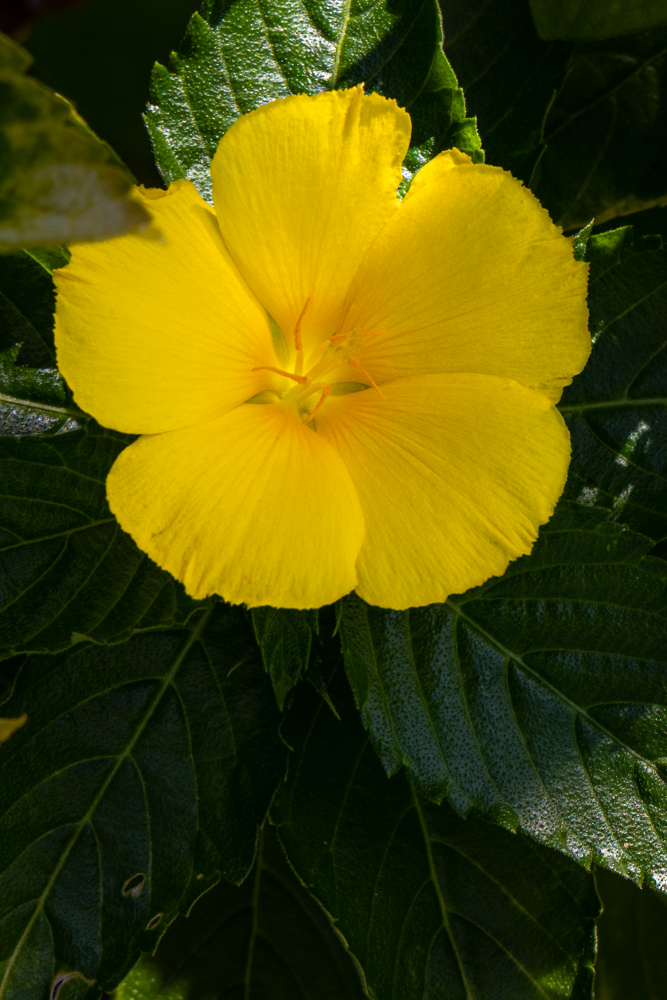
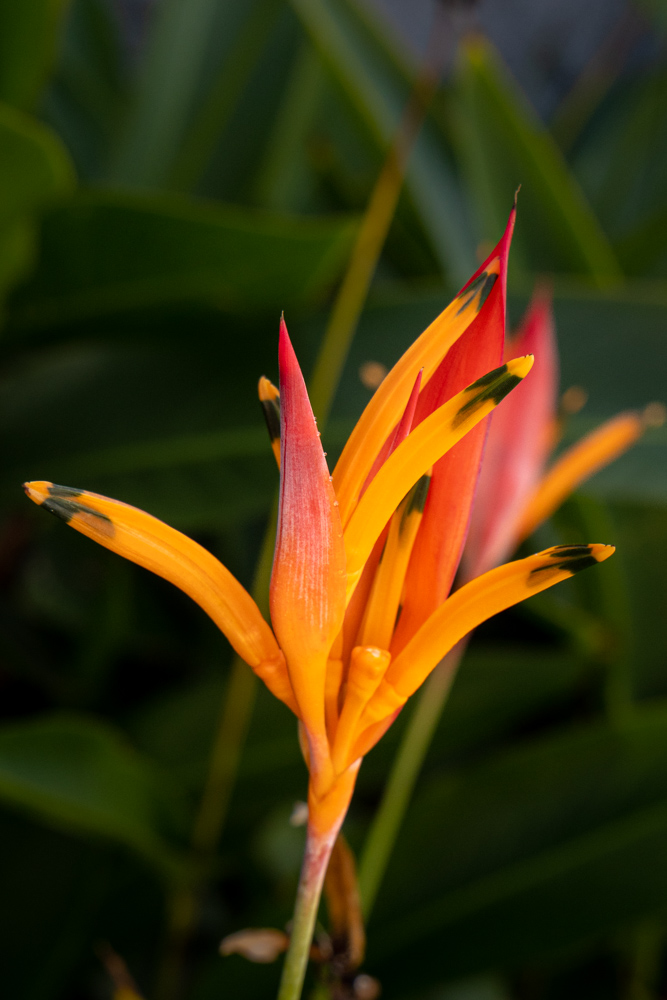
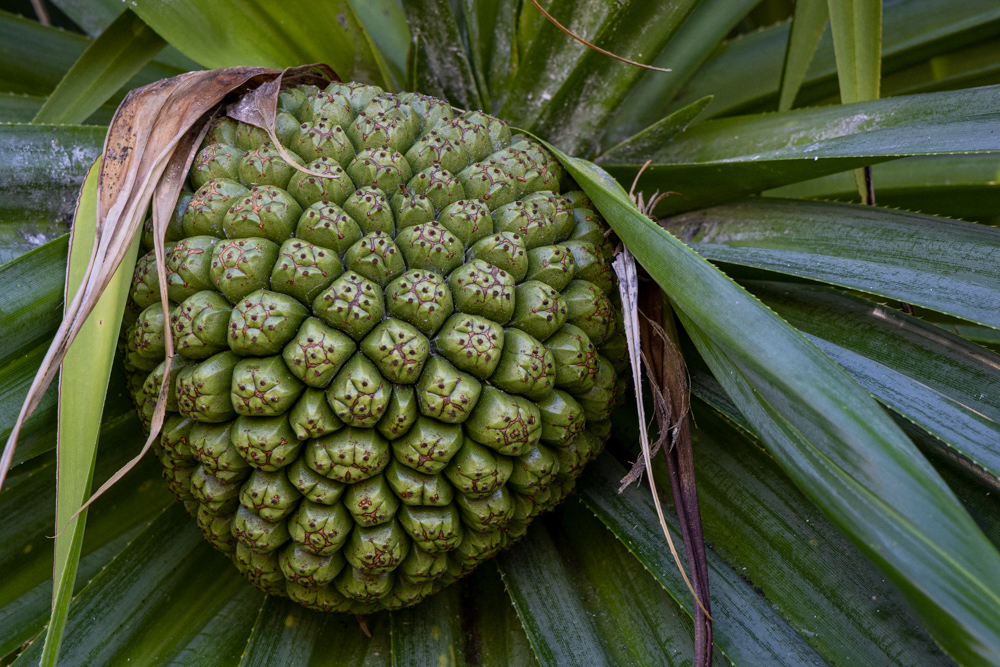
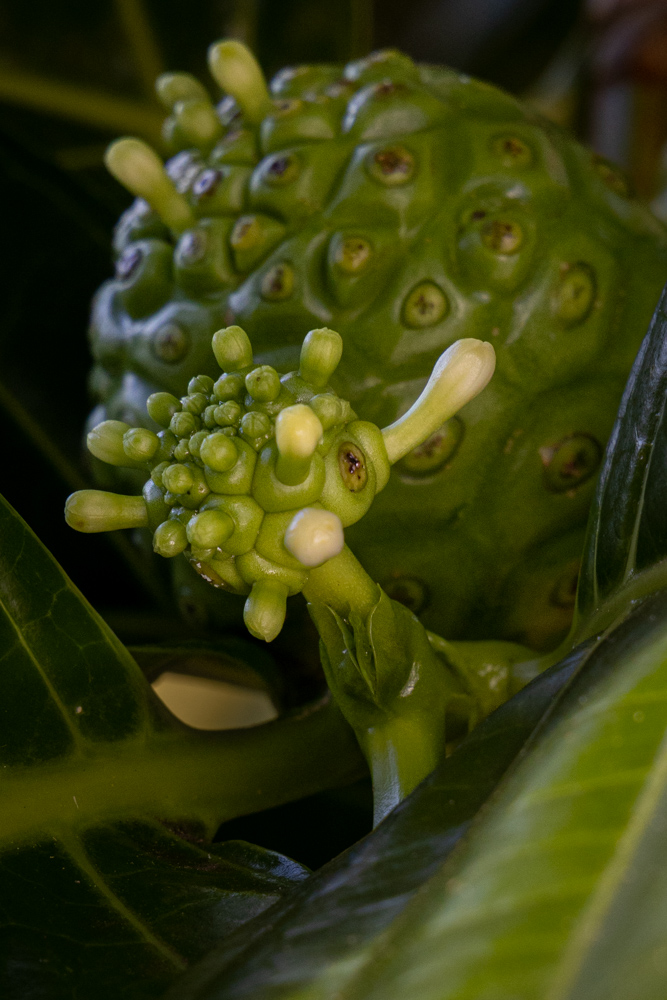
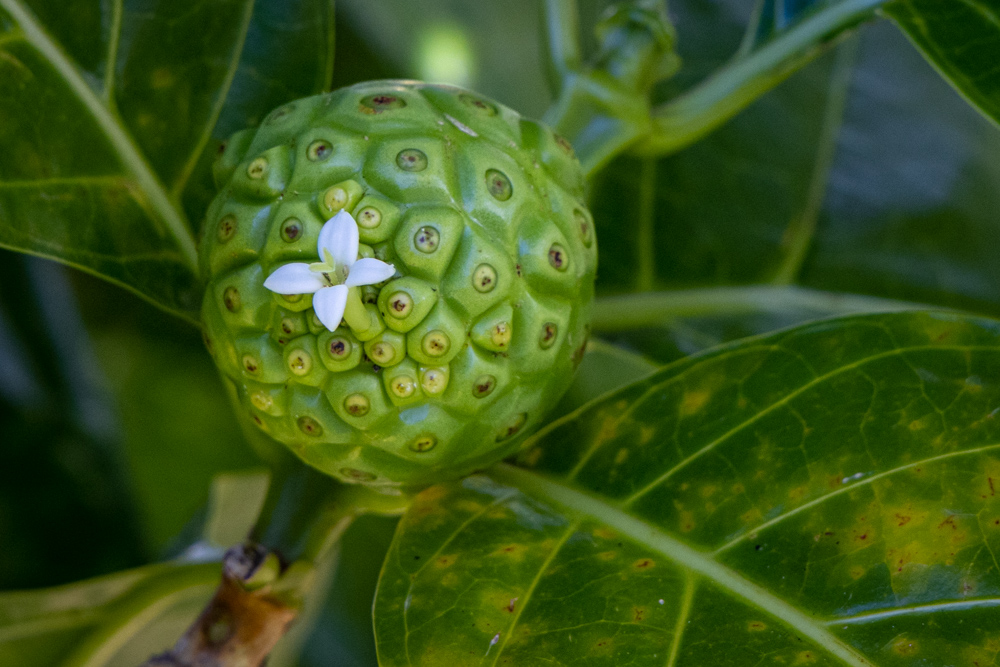
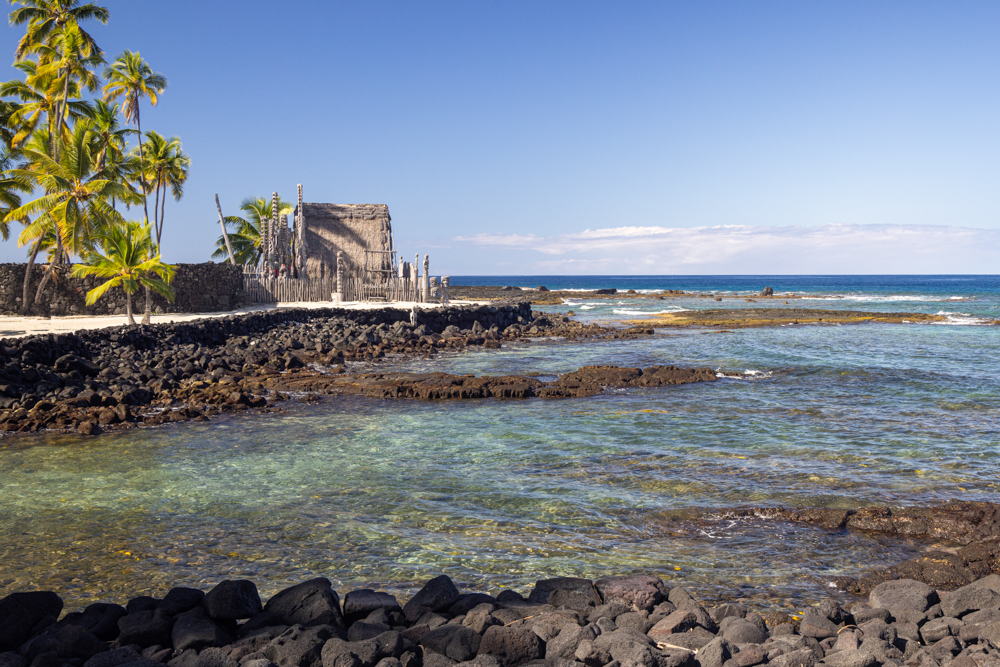
The historical park preserves the site where, up until the early 19th century, Hawaiians who broke a kapu (one of the ancient laws) could avoid certain death by fleeing to this place of refuge or puuhonua. The offender would be absolved by a priest and freed to leave. Defeated warriors and non-combatants could also find refuge here during times of battle.
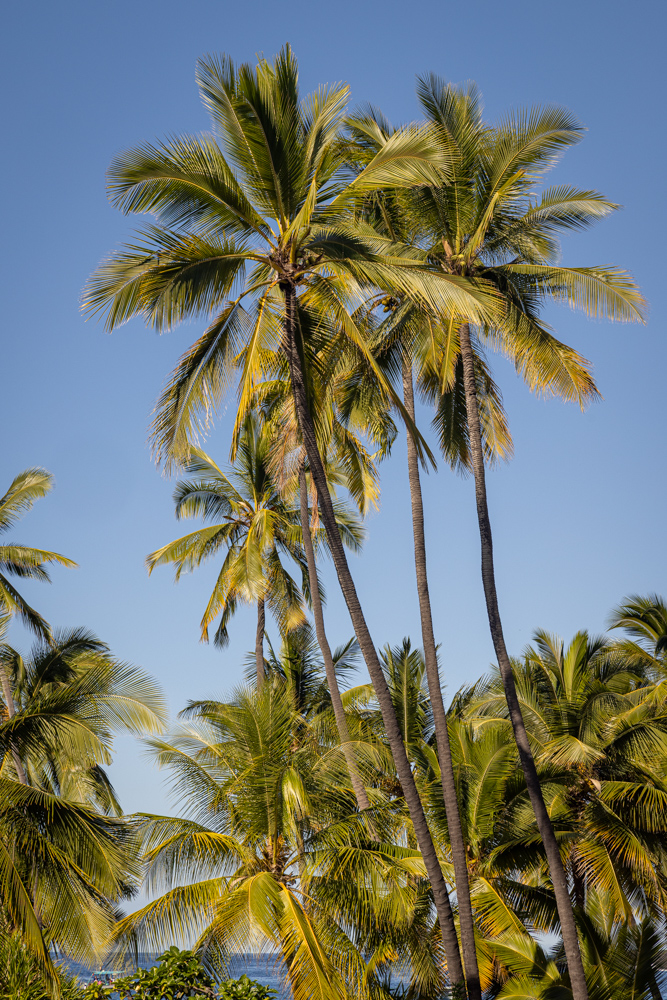
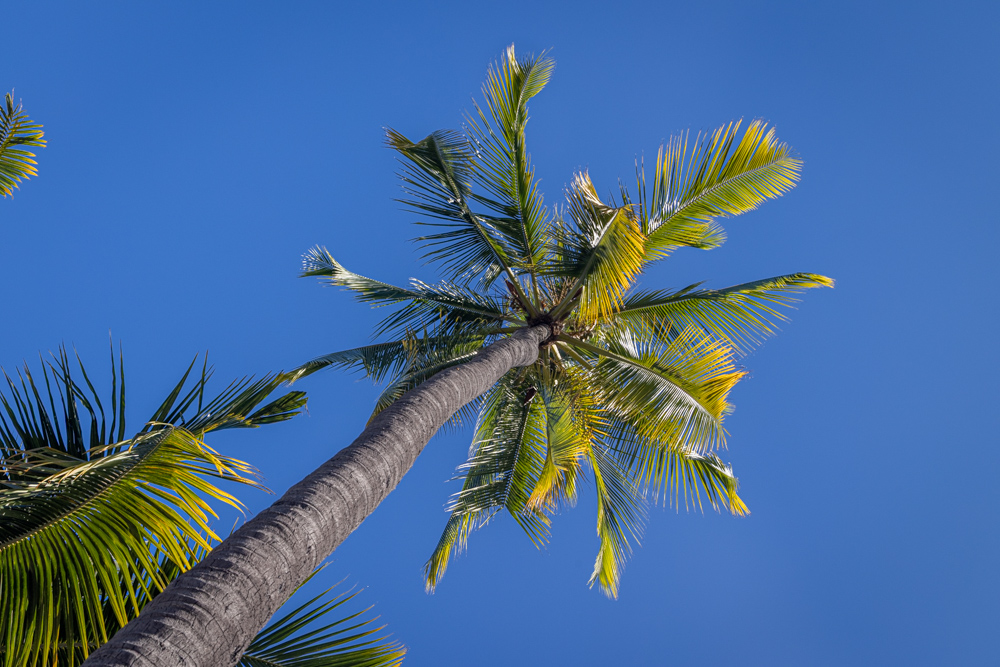
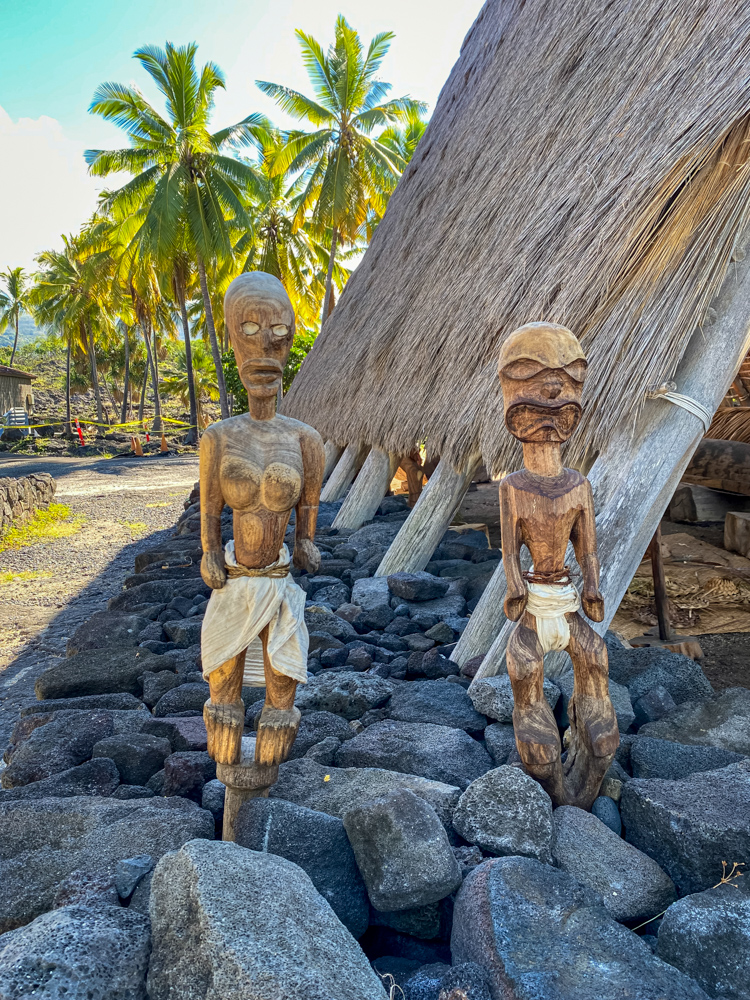
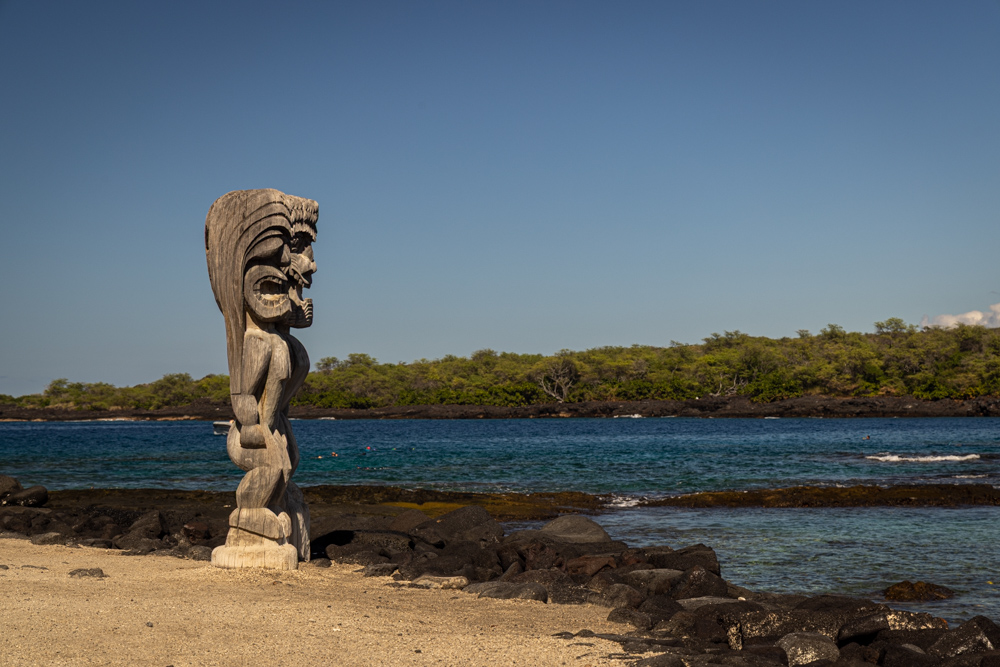
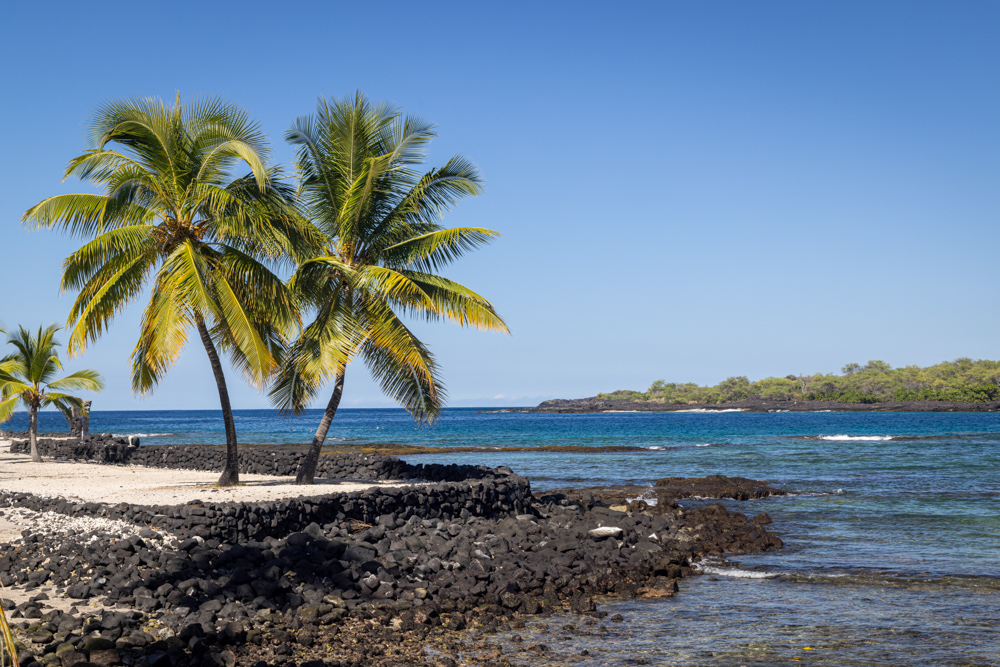
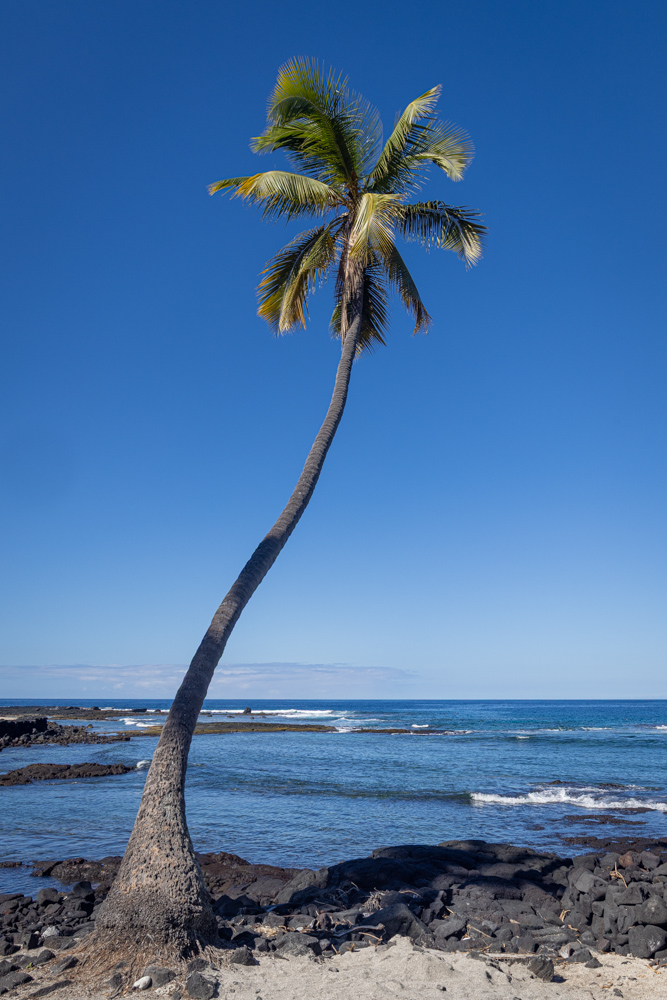
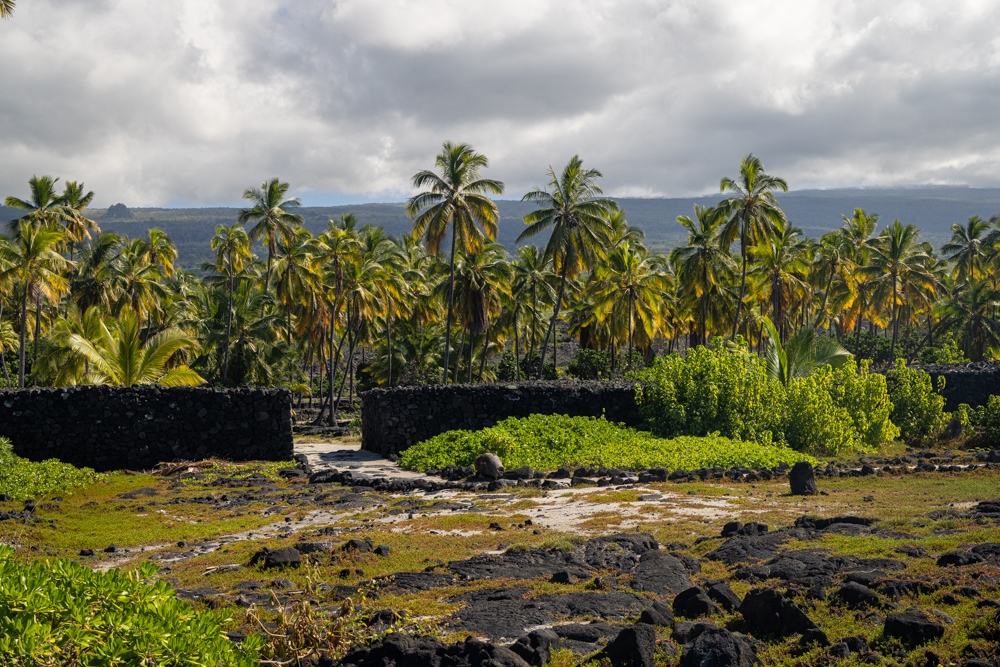

The walls of Kuemanu Heiau which is believed to have been devoted to surfing. It was used to pray for good surfing conditions and to observe surfers offshore. It stands opposite of an excellent surfing break, which is popular up until today.
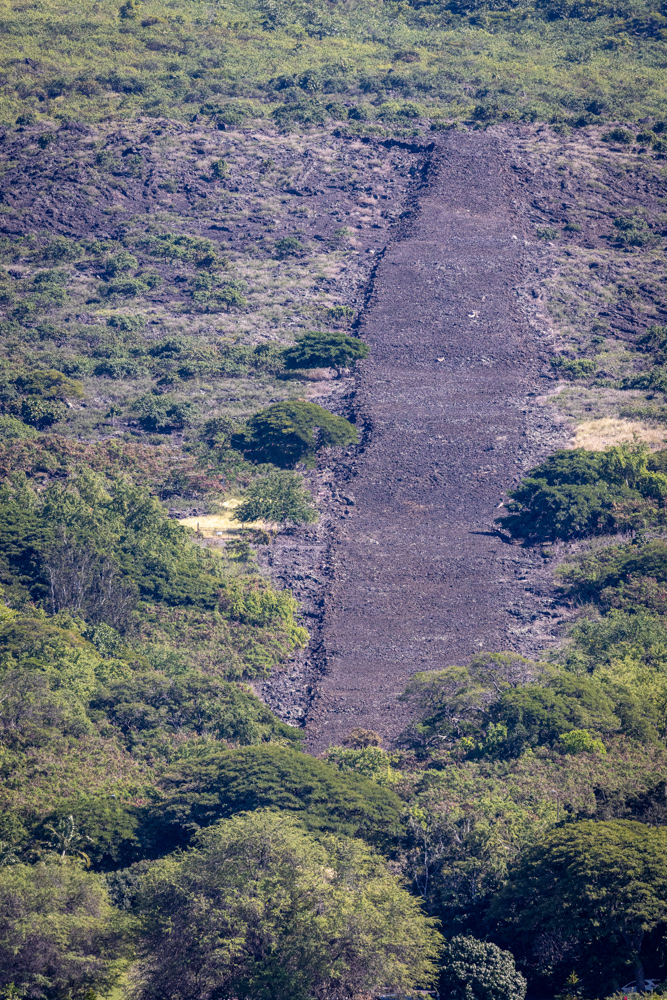
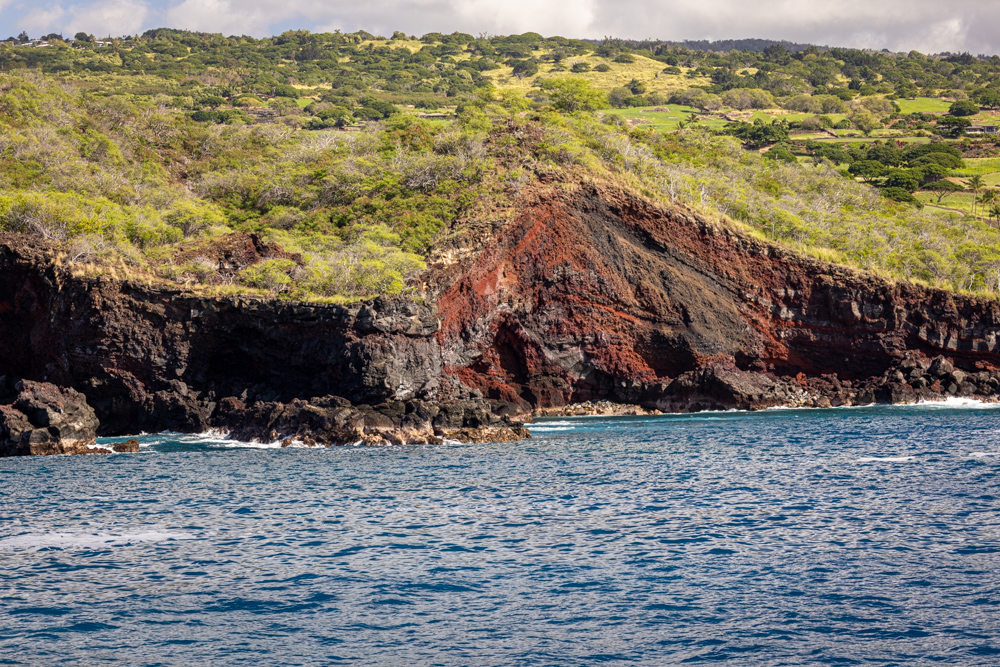
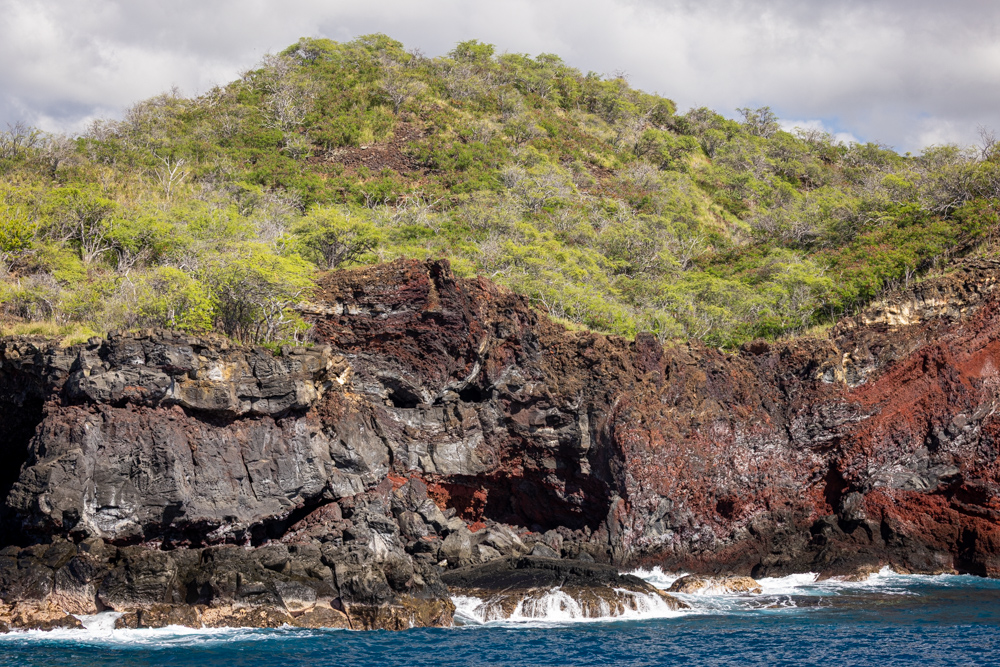
Pele is one of the most well-known and revered Goddesses in Hawaiian mythology. Known as 'She-Who-Shapes-The-Sacred-Land', she is renowned for her fiery temper. She throws molten fountains into the air, governs the flow of lava and has been known to show herself throughout the islands.
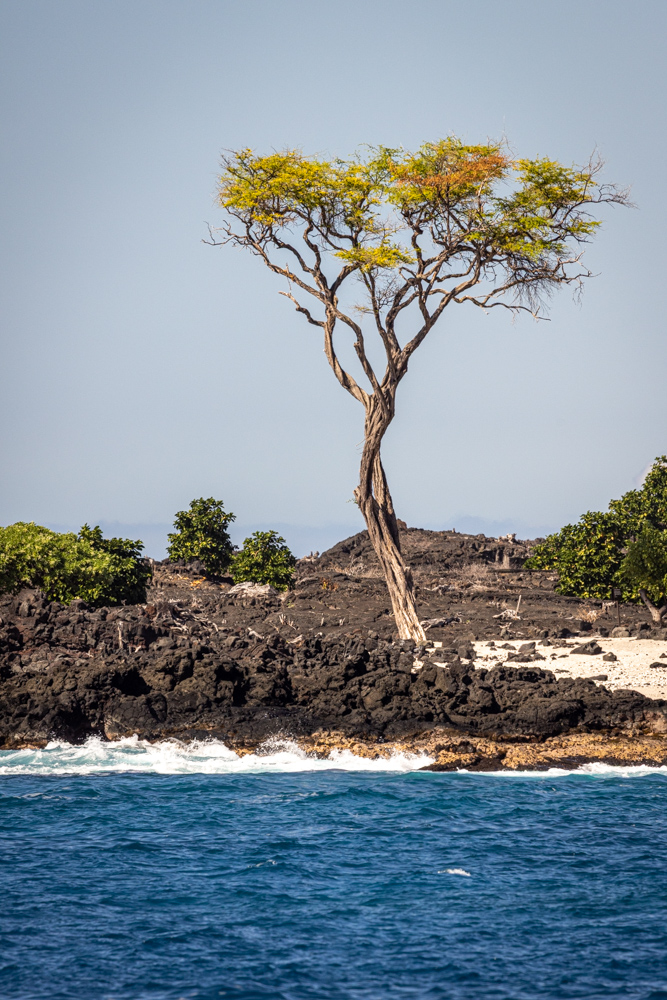
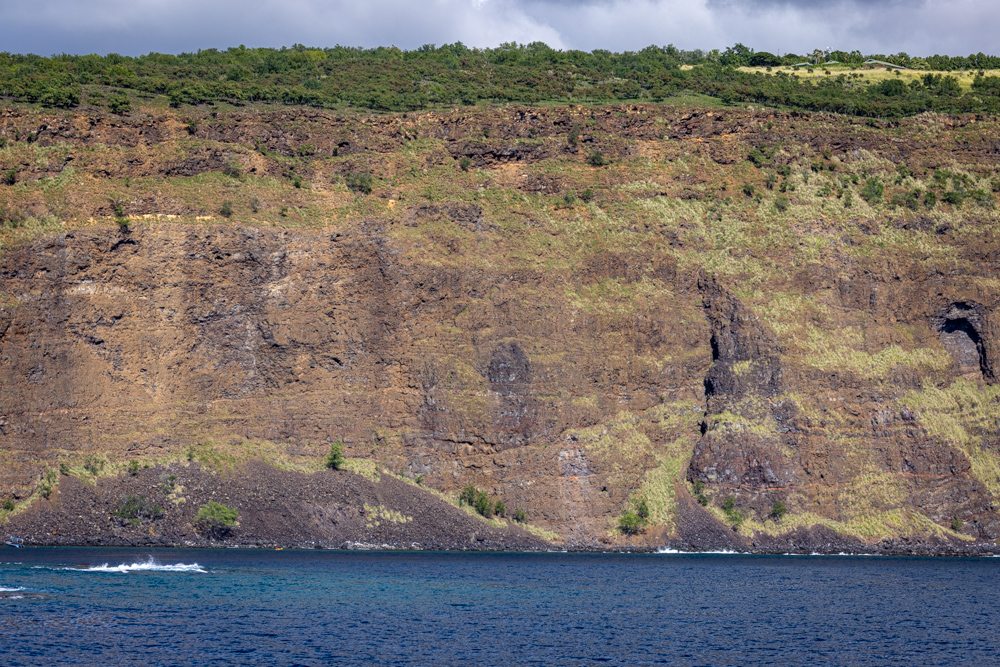
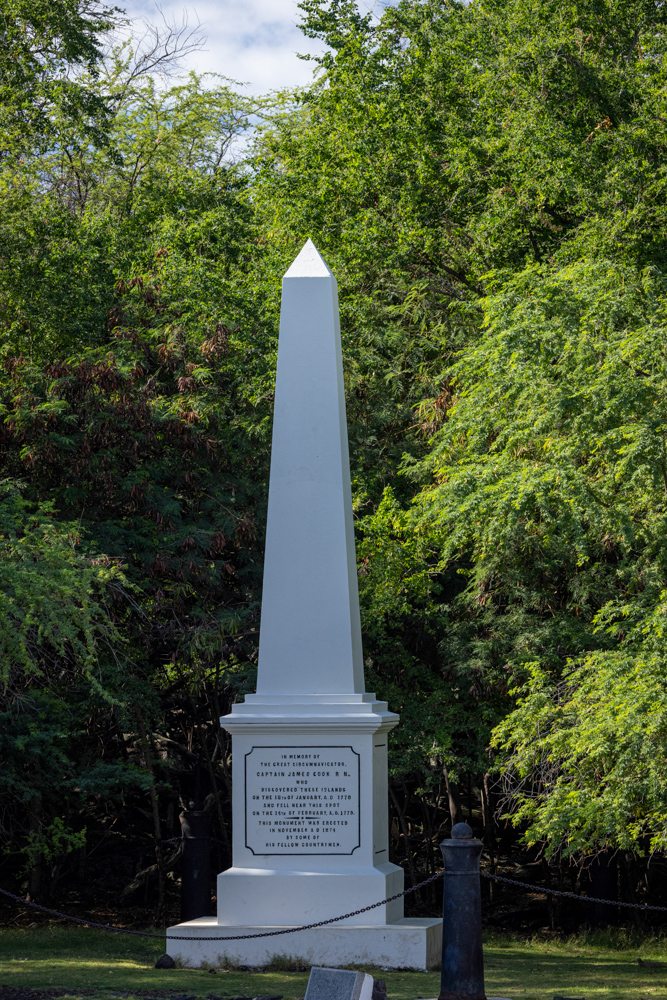
This monument commemorates both arriving and dying in this bay.
